Here it is: our deep winter. In January, we might see frost on our lettuce, and we can enjoy a fire in the fireplace. Appreciate it before it’s warm again for the rest of the year.
Have your deciduous fruit trees lost all of their leaves? Enjoy that look while it lasts, too. Next month, trees will already start blooming and leafing out again. Winter is brief indeed here in the Southland.
While January is our most wintery month, it remains a lively time in the garden. In January, we can:
Sow and plant
– Sow seeds or plant seedlings of these vegetables: artichoke, asparagus, beets, carrots, cilantro, greens (chard, collards, kale, mustard, turnip), lettuce, peas, potatoes, radish, spinach
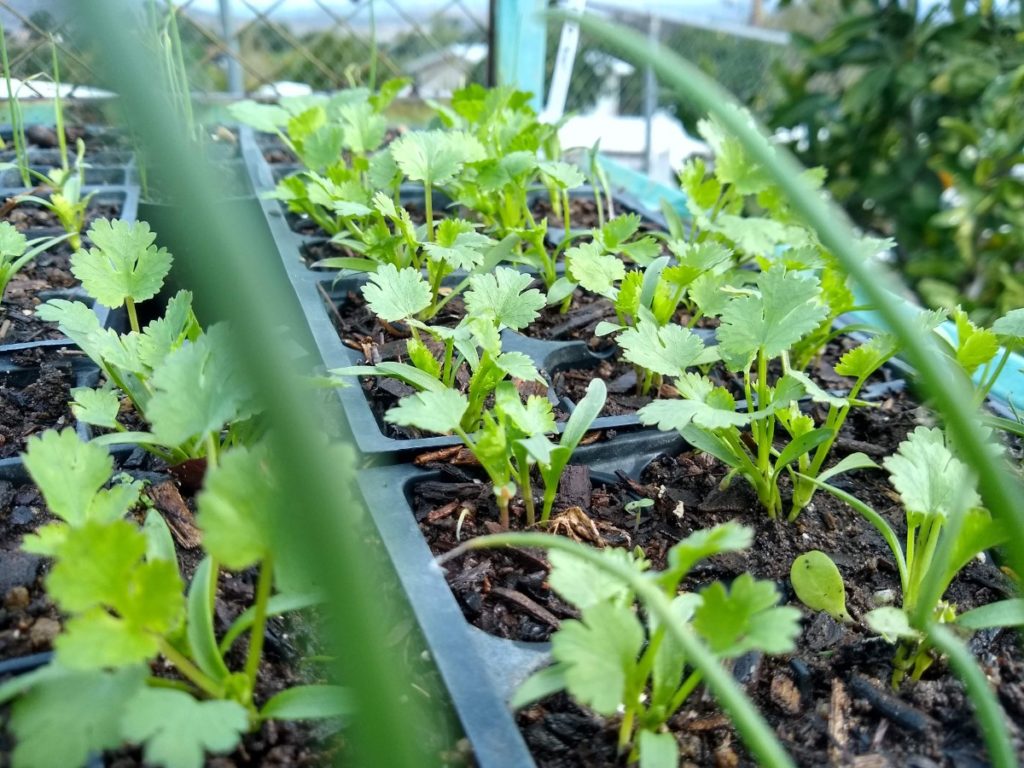
– Planting seedlings is safer than sowing seeds of broccoli, cabbage, and cauliflower in case the spring warms up fast
– Sowing tomatoes indoors this month will mean plants are ready for putting into the garden in March

– Starting vegetables from seed is empowering but challenging; here are my six keys to success; if starting seeds in containers in a mix, here is guidance on which to use
– Plant cuttings of pomegranates and grapes
– Plant bare-root fruit and nut trees
– Plant blackberries, raspberries, strawberries, and blueberries; this includes transplanting shoots or runners of these plants from your own mother plants
– Put in plants that are native to your neighborhood, especially in a part of your yard where you don’t want to irrigate; (my post on natives I’ve planted)
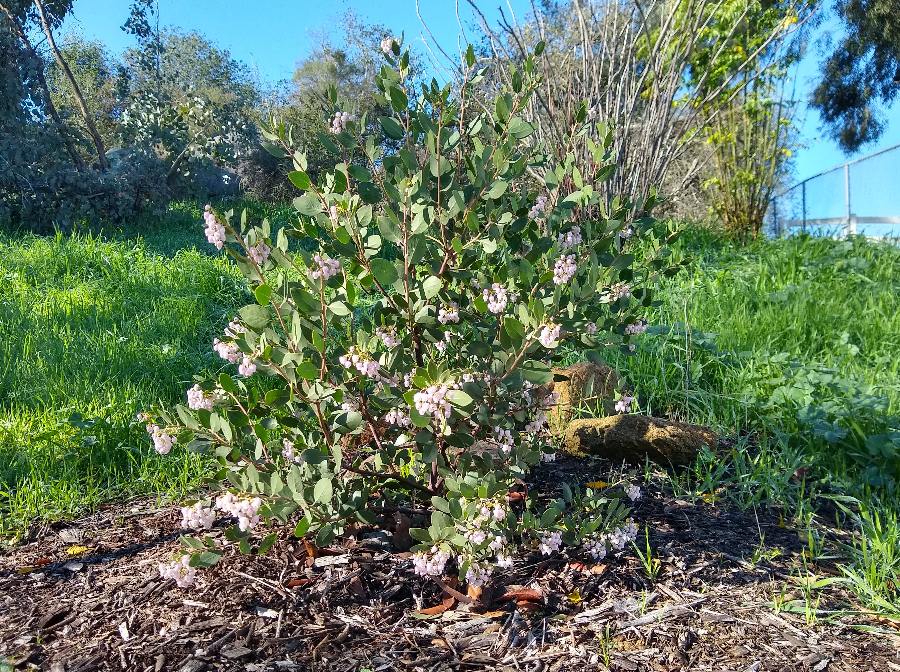
Harvest and eat
From your garden, here in January you can be eating . . .
– Vegetables: beets, broccoli, brussels sprouts, cabbage, carrots, cauliflower, cilantro, greens (chard, collards, kale, mustard, turnip), green onions, lettuce, parsley, peas, potatoes
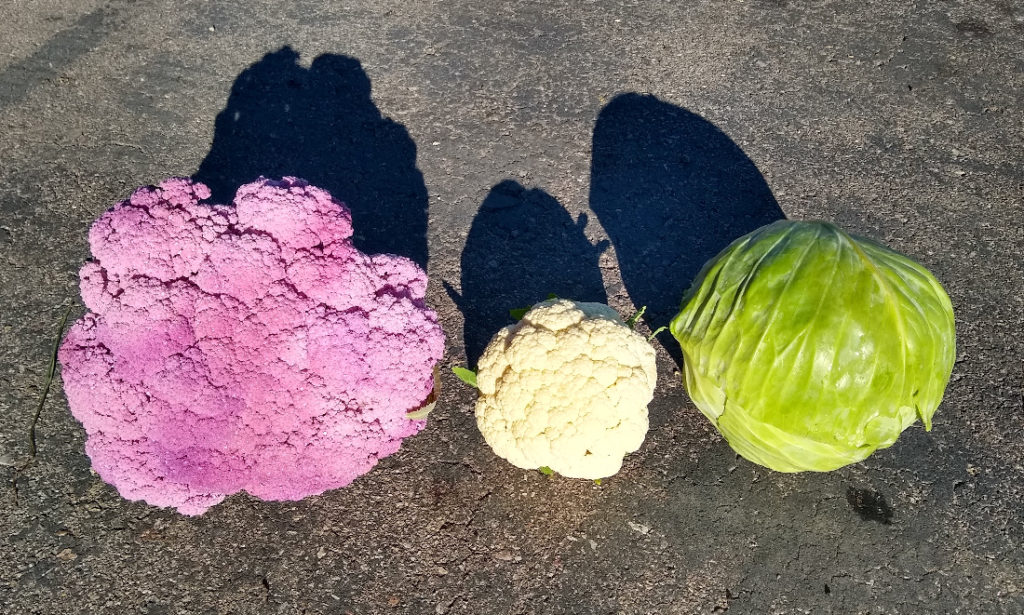
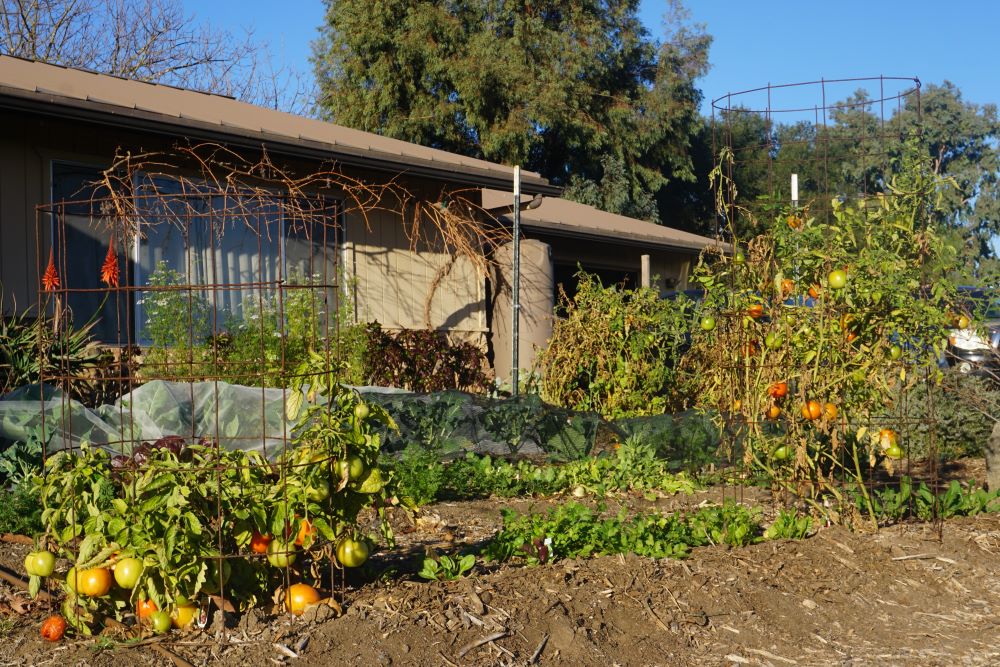
– Fruits: avocados (Bacon, Zutano, Mayo/Covocado, Stewart, Fuerte, Nowels, Ettinger, Puebla), citrus (grapefruit, limes, mandarins like Satsuma and Kishu, navel oranges like Washington and Cara Cara)
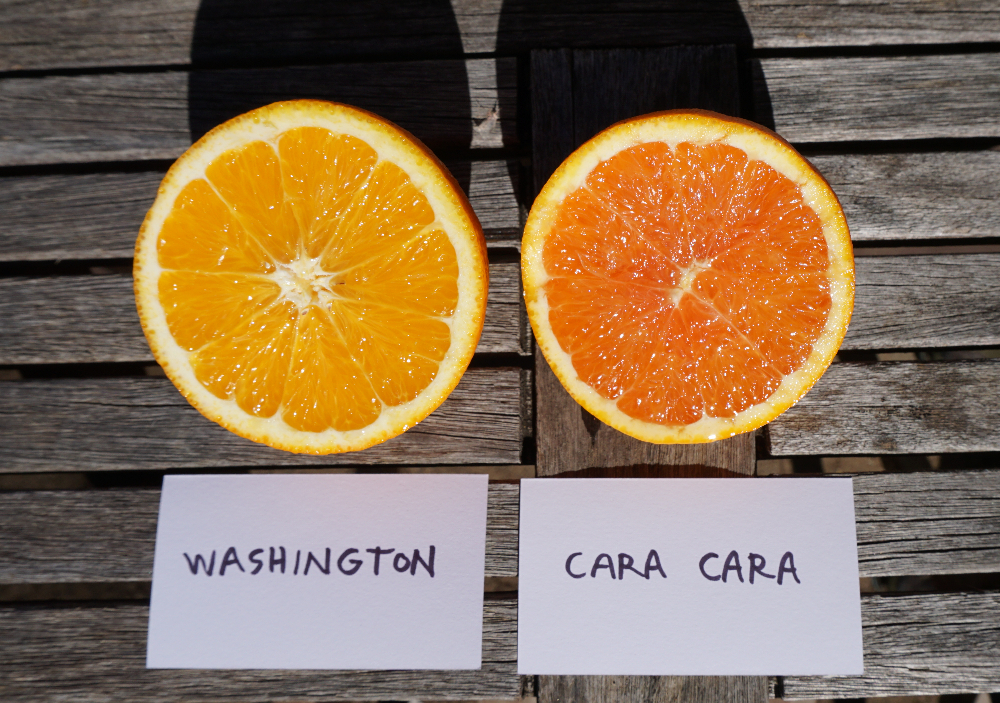
Miscellaneous
– Prune deciduous fruit trees and grape vines; it’s easy to see the structure of the bare branches now (here’s a good video on winter pruning from Tom Spellman of Dave Wilson Nursery); my best advice on pruning fruit trees is to keep them small
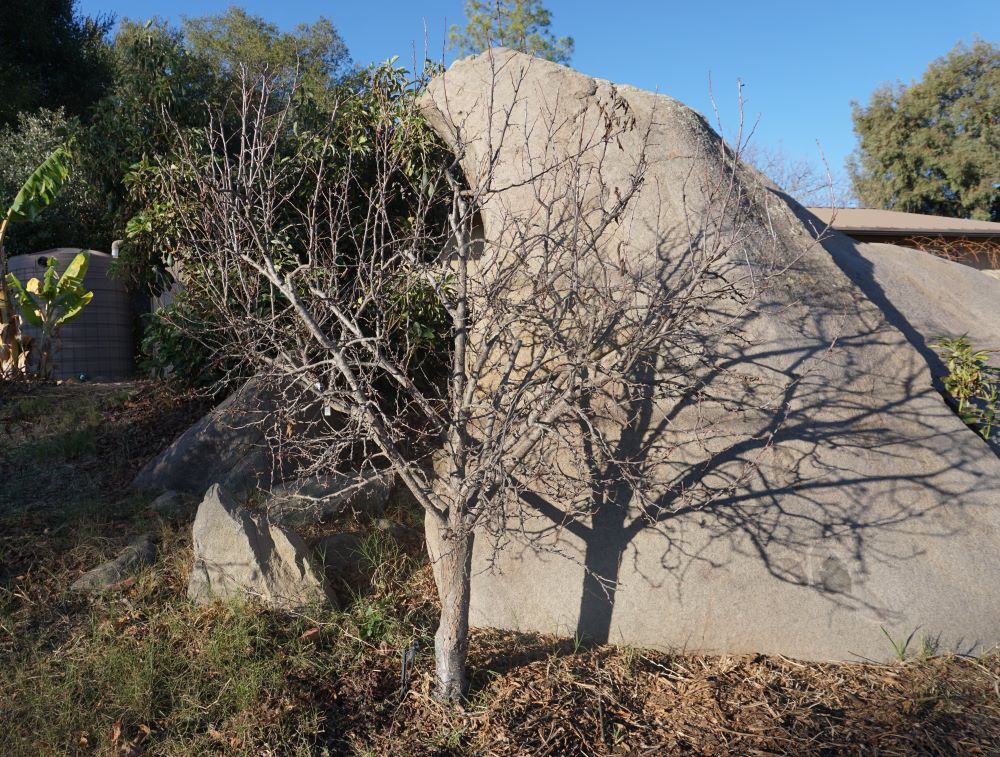
– Collect or redirect rainwater so it sinks into your yard near your plants and isn’t lost into the street
– Walk around on a cold evening or morning to notice warmer and chillier spots; note them because later you’ll want to put plants in those spots that like those conditions
– Observe where afternoon shade is; don’t place your vegetable garden there unless you only want to grow in the summer; details in my post on starting a vegetable garden
– Cut scion wood for grafting stone and pome fruits (apricot, plum, peach, pear, apple); you might also start grafting here in January, or you can store scions in the fridge for a month or longer
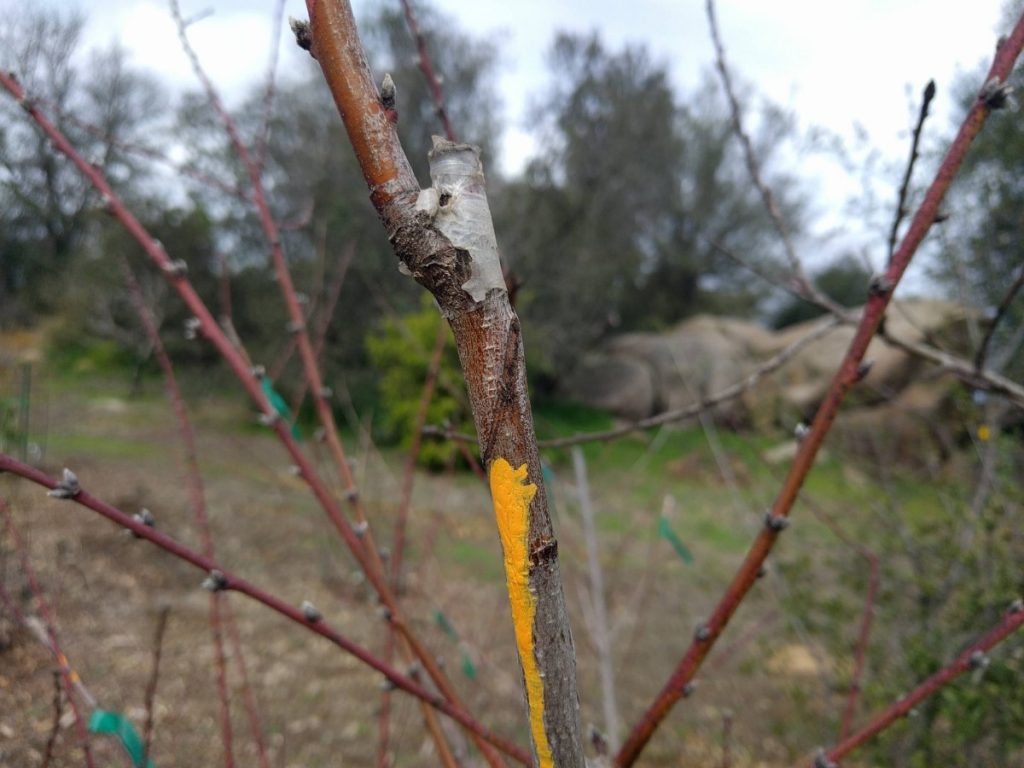
– Cut scion wood for grafting avocados, but it’s usually best to keep the scions in the fridge and wait until February or March to graft
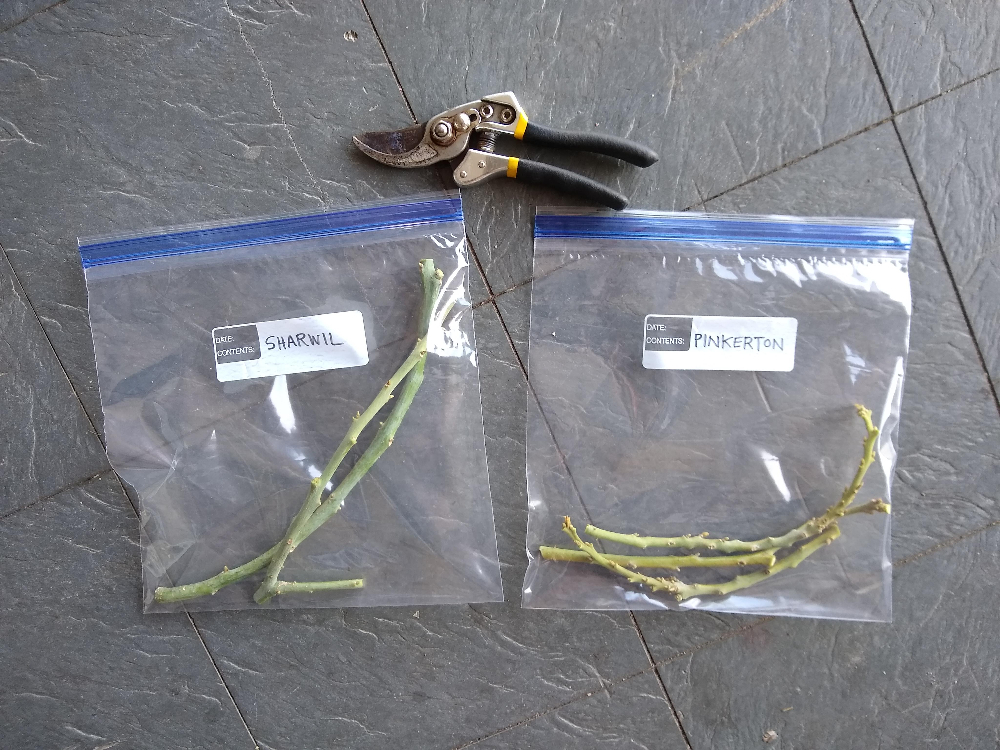
– Find your nearest California Rare Fruit Growers chapter and attend their 2025 scion exchange, where fruit-growing enthusiasts share scions for grafting and cuttings for rooting; this is a great place to meet others and learn from those with lots of grafting and rooting experience; the North San Diego County chapter’s scion exchange is in Vista on January 25, 2025; the Santa Clara Valley chapter’s scion exchange is in Mountain View and also on January 25, 2025; (some other chapters have their scion exchanges in February)
– Start a journal or calendar for notes for the new year; jot down weather observations, irrigation schedules, sowing and planting dates, arrival of pests, harvest times (next January you’ll thank yourself); see my post “Taking notes on your garden”
All of my Yard Posts are listed HERE
Thanks to all who support my Yard Posts work!

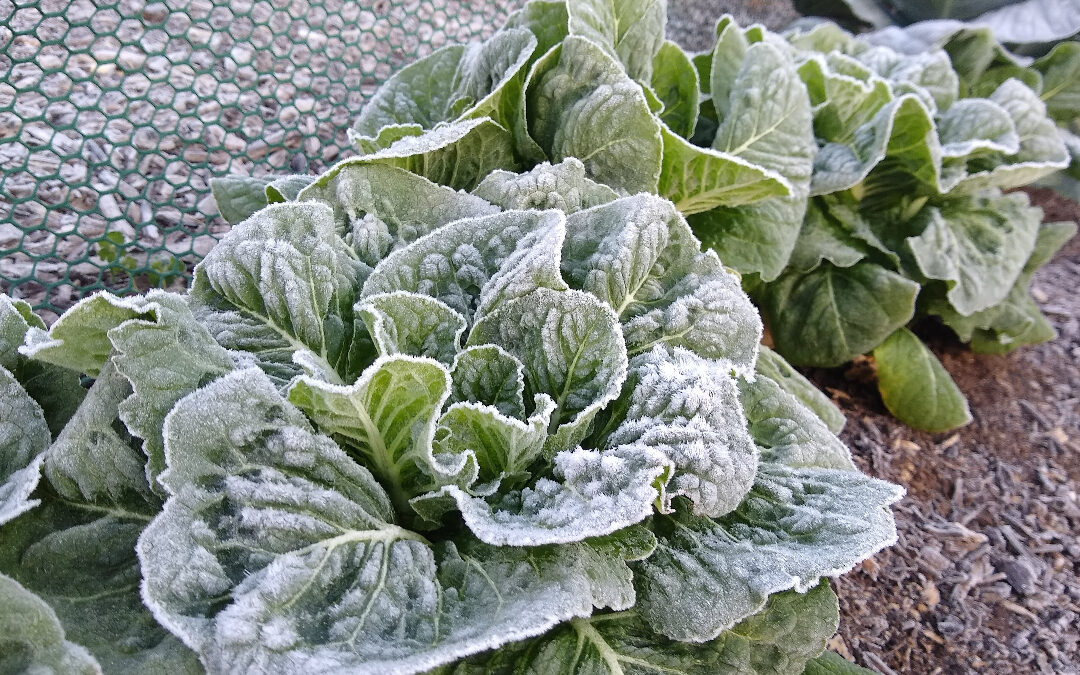

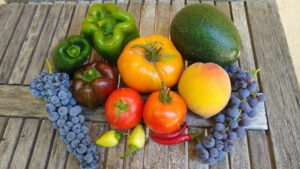
Here it is in January in Mission Viejo CA, and my Stone fruit trees (Apricot, Plum, Nectarine etc) have not lost even half of their leaves yet. And most of the leaves have not started to turn color yet. I need to do a winter pruning at some point. Should I strip them or leave the leaves on? Any thoughts?
Hi Chris,
I was driving through the Central Valley this past week and I noticed that most almond trees (closely related to apricot, plum, nectarine) had finally lost their leaves but then there were some young orchards still almost in full leaf. I wondered why. Different variety? Different watering or fertilization?
I don’t know, but I do know that my own stone fruit trees all lose leaves at slightly different times. I’ve even got a multi-graft peach/nectarine that is a good illustration because you can see different branches on the same tree with distinctly different leaf color and leaf loss.
I’ve never stripped leaves on any of my deciduous trees (including apple, pear, cherry). However, I know people who do, and I know people who think it is helpful in causing the tree to enter proper dormancy. I’ve never seen evidence for that though. My view at the moment is that you can do it either way and it doesn’t make much of a difference.
If you want to strip leaves so that you can see branches more easily in order to prune, I say go for it.
Greg, a casual search for pruning citrus turns up this advice near the top of a Google search: “Prune outdoor citrus trees in the summer to fall when the blossoms begin to develop fruit. Wait until your dward citrus tree begins to bear fruit so you can see where the fruit will set.” This seems ridiculous. I’ve also read that you should wait until the flowers are budding so you don’t cut of “fruit wood.” Based on your detailed description of your trees and very limited pruning, I think I’ll leave my trees alone. (The video of commercial trimming was fascinating!) My Blood Oranges don’t want to bloom … I would appreciate any advice on how to encourage blooms. Look forward to reading more on your garden and I’ll share photos of my roses, trumpets, potted citrus, jasmine, etc.
Hi Peter,
I agree with you that that is ridiculous advice. Unfortunately, Google searches often feature bad advice as top results.
Citrus bloom the most if they’re in lots of sun, not pruned a lot, in fertile soil, well watered, older, had a small crop the previous year. The lack of any of these conditions could cause the tree to have less bloom than otherwise, and I’m sure there are ten more conditions that I’m forgetting.
Thanks Greg,
Yesterday I purchased a Bearss Lime and Mexican Lime, 5 Hawthorn and 2 gardenia bushes, and a few other plants. I’ll drop some photos here once I have everything in the ground/pot. Cheers, Peter
Here in the Rancho San Diego area, my Haas avocado has lots of fruit. I harvested twice in fall, there are so many left. Should harvest the remainder now, or just keep taking a dozen or every week or two?
Good to hear from you, Mark. There’s no right answer here, but what I do is just pick the amount I want to eat, starting from when I like the taste. So for Hass, I start really picking in February, then pick a dozen or so per week until they run out.
If you strip all the fruit off the tree right now, early in the harvest season, you will probably get a bit more fruit setting this spring to be eaten next year. That’s what experiments have shown. But the big downside to that for a home grower is likely wasting a bunch of fruit this year. If you pick 100 avocados at one time to strip the tree, you’re going to have to give a lot away unless you have a very large family. So I just pick as I want to eat.
I noticed your answer to someone commenting about pruning citrus – where you point out pruning in the fall is not a good time. You even point out that they do best with minimal pruning. I think my dwarf Meyer Lemon does need some pruning though as it’s a real messy tangle and I’ve got suckers coming out not just from the base but also from fruiting branches. There’s no more fruit on the tree and just about 3 sets of flower buds. Any advice on when I should prune?
Hi Lisa,
Now sounds like a great time to prune your Meyer lemon because you won’t sacrifice fruit. Some more of my thoughts on pruning citrus are here: https://gregalder.com/yardposts/when-and-how-to-prune-citrus-trees/
Hi Greg,
Happy New Year! Wish you and your family health and happiness in 2023.
It seems like now is a good time to plant strawberries. However, I noticed that most online stores (like territorial) will only mail me strawberries in March or April.
I was wondering what your advice on that is. Would you recommend getting those and putting them in in March or April? If so, I probably can’t expect much fruit this year I am guessing? I was thinking of doing Albion, Sequioa and Chandler (per your response to another question).
Is it a good time to put in some blueberries?
Also – have you tried any of the thornless raspberries or blackberries? I was listening to Farmer Fred’s podcast and he had someone from Dave Wilson over who was saying that thornless varieties are very popular with home gardeners.
Thanks for all your writing and advice!
-MB
Hi MB,
Happy New Year! Go for it with the Territorial strawberries if you want. I ordered some Albion from them a few years ago and planted in March when they arrived. You could also check out a nearby nursery because I just bought some Albion plants in six-packs at a nursery a few weeks ago. That will get you strawberries a lot sooner.
For sure, right now is an excellent time to plant blueberries. And nurseries have a lot in stock right now.
Yes, I have grown some thornless blackberries, but I have not grown thornless raspberries. The thornless blackberries are worth trying, as there are varieties with big, tasty berries. I don’t know which varieties I have grown though so I can’t comment on that, sorry.
All this berry talk is making me hungry!
🙂 totally. I’m excited to grow berries – my wife and both kids love them.
Thanks Greg!
I am still very confused as to when and how to prune my Little Cado Tree ? itis in a large pot on my terrace near the ocean south of Malibu for about 3 years now – flowers appear but no fruit ever ? it also has some larger Branches that are swopping lower than the base of tree . Any suggestions ??
Hi Norma,
I wouldn’t prune your tree unless it is taller than you want or lopsided.
My guess as to why you’ve seen flowers but no fruit is due to the low number of flowers and lack of cross-pollination. Young trees that set fruit are usually near other avocado trees so bees can easily cross-pollinate. Bigger trees will set fruit without any other avocado trees around if they put out thousands of flowers because their chances of pollination are better.
Other than being patient and letting your tree get bigger, to improve your tree’s chances of setting fruit you can put another avocado tree next to it — if you have room. A B type would be best since Wurtz/Little Cado is an A type.
Thanks Greg
I think I will try planting a B type avocado this spring nearby
Any suggestions to what variety is best for container planting since I only have a terrace and no yard.
Just a note on bees this winter–the Loquat is one to have in your yard it blooms in Dec. and full of bees. Rosemary as well. As long as it heats up in the afternoons the bees will come out. Loquats are very easy to grow from seed.